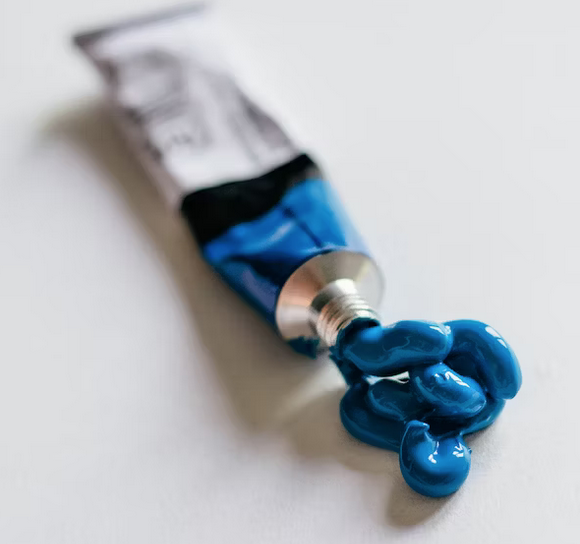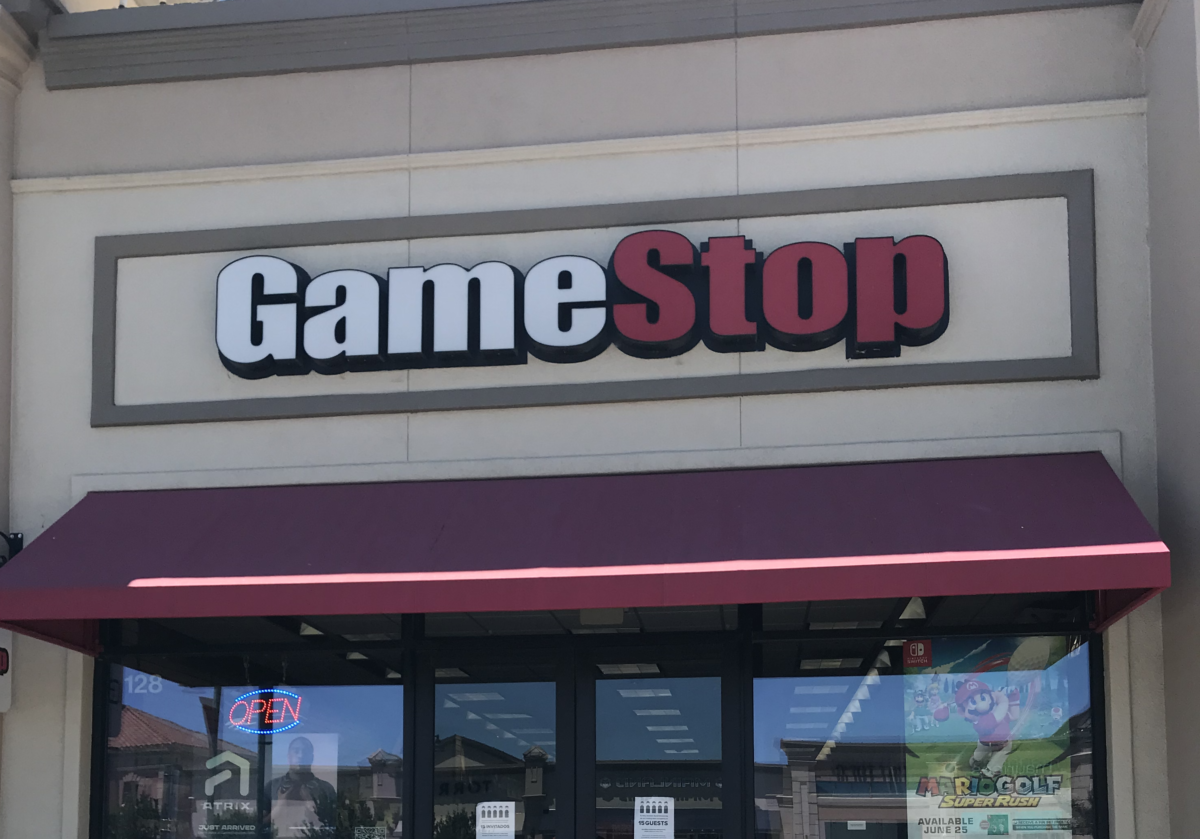by Fred Fuld III
Have you ever wondered why stocks that are heavily shorted can spike up in price so much?
When you short a stock, it means that you plan to make money from a drop in the price of a stock. Technically, what happens is that you borrow shares of a stock, sell those shares immediately, then buy back those shares at a hopefully lower price so that you can return those shares. This all happens electronically, so you don’t actually see all the borrowing and returning of shares; it just shows up on your screen as a negative number of shares.
Short sellers can make money, but sometimes when the stock moves against them, and begins to rise, the short sellers jump in fast to buy shares to cover their positions, creating what is called a short squeeze. When a short squeeze takes place, it can cause the share prices to increase fast and furiously. Any positive news can trigger the short squeeze.
Some traders utilize this situation by looking for stocks to buy that may have a potential short squeeze. Here is what a short squeeze trader should take into consideration:
Short Percentage of Float ~ The float is the number of freely tradable shares and the short percentage is the number of shares held short divided by the float. Amounts over 10% to 20% are considered high and potential short squeeze plays.
Short Ratio / Days to Cover / Short Interest Ratio -This is probably the most important metric when looking for short squeeze trades, no matter what you call it. This is the number of days it would take the short sellers to cover their position based on the average daily volume of shares traded. This is a significant ratio as it shows how “stuck” the short sellers are when they want to buy in their shares without driving up the price too much. Unfortunately for the shortsellers, the longer the number of days to cover, the bigger and longer the squeeze.
Short Percentage Increase ~ This is the percentage increase in the number of short sellers from the previous month.
The following are some heavily shorted stocks that may be worth considering.
| Company | Symbol | Short Interest | Short % Change | Short Interest Ratio |
| Fisker Inc | FSR | 47.28% | 13% | 3.8 |
| Carvana Co | CVNA | 40.04% | -11% | 3.9 |
| C3.ai Inc | AI | 38.08% | -2% | 4.3 |
| Kohl’s Corporation | KSS | 27.11% | 8% | 5.4 |
| Cinemark Holdings, Inc. | CNK | 26.53% | -1% | 9.4 |
| IONQ Inc | IONQ | 26.22% | 2% | 5.4 |
The fourth stock on the list, Kohl’s (KSS) has over 27% of its float shorted, an increase of 8% over last month.
The short interest ratio is 5.4, which means that it would take the short sellers over five days to cover their position, based on recent average volume.
Cinemark Holdings (CNK) is another stock that is heavily shorted with over 26% now short with almost no change in short interest from the previous month.
The short interest ratio is 9, which means that it would take the short sellers over nine days to cover their position, based on recent average volume.
Just keep in mind that just because a stock has good ratios and is heavily shorted, doesn’t mean that the stock will go up, especially in a bear market. Also, stocks that are significantly shorted may be shorted for a reason.
Disclosure: Author had no positions in any of the above at the time the article was written.









